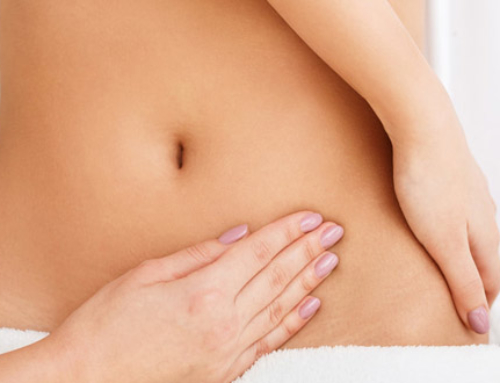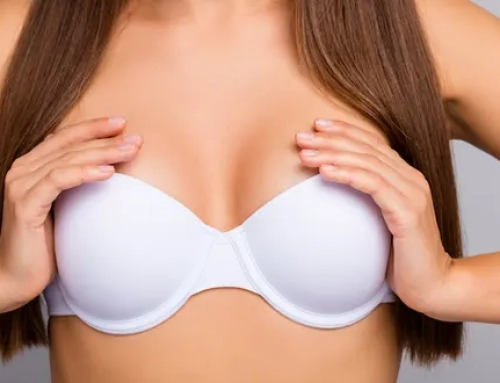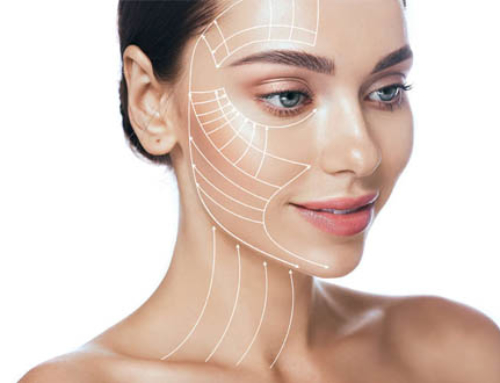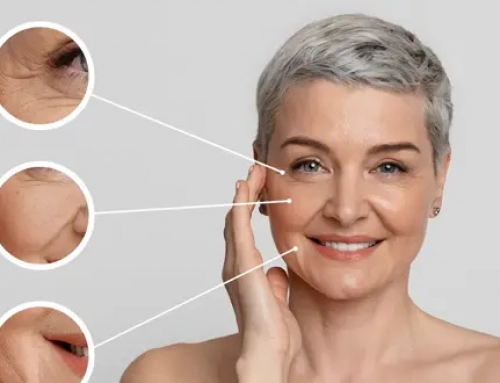Buttocks cosmetic procedures aim at improving buttocks volume and shape. The introduction of fat grafting has changed the approach to treat the buttocks. Harvesting from excess fat areas with liposuction offer the possibility to sculpt the shape of the buttocks as well as the surrounding areas (hips, saddlebags, thighs, etc.) while increasing the size of the buttocks and filling in hollowed areas. Nowadays, fat grafting buttock augmentation, aka the Brazilian Butt Lift or BBL, is the procedure of choice for most surgeons, mainly because when compared to buttock augmentation with implants, fat grafting is less invasive, it has less potential complications and offers a natural and comprehensive improvement. Patients requesting this procedure are examined by their surgeon during the initial consultation. Here is what they look at to predict the results.

Brazilian Butt Lift : what surgeons assess during the clinical examination and why
Clinical examination of the buttocks
First, it is essential to assess skin quality by looking at its elasticity, which corresponds to its ability to return to a previous state. This is an essential factor to predict the efficiency of liposuction and fat grafting. Skin thickness, which indicates quality and firmness, is also a factor to take into account in order to adapt the surgical technique. During the examination, surgeons also seek for stretch marks and dimples which are signs of past weight fluctuations or damaged skin (by sun or aging). The buttocks are examined from multiple angles to identify the treatment areas. Using liposuction in certain areas and reinjecting fat in others allows the surgeon to naturally reshape the buttocks.
The waist / hips ratio is another component of the clinical examination, the lower it is, the less balance there is between the waist and buttocks. From a side view angle, the projection of the buttocks can be assessed, which must mark an arch with the lower back and fit the patient’s body. Surgeons also look for sagging in the buttocks (ptosis), which is assessed in relation to the gluteal fold.
All these components of the clinical examination allow surgeons to recommend a tailored treatment for their patients. Photos are also very helpful to plan the procedure.





